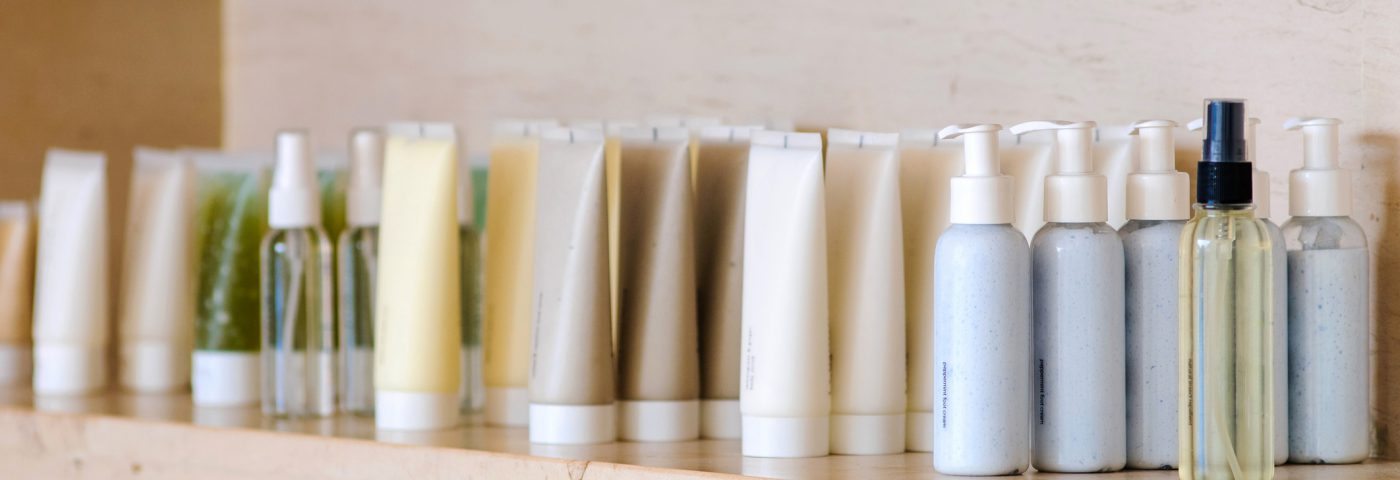Fatty alcohols are among the most commonly used ingredients in personal care and home care formulations. They are used in a variety of products such as shampoo, conditioner, shower gel, antiperspirant and lipstick.
The basics and background on fatty alcohols
Fatty alcohols are found in many plants and animals, mostly as esters. They are characterized by a primary hydroxyl group attached to a long chain alkyl group ranging from four to six carbons to as many as 40 carbons1. Natural ingredients containing significant levels of esterified fatty alcohols include beeswax ~50 percent monoester, carnauba wax ~85 percent ester, candellila wax 30 percent ester/~10 percent free alcohol and jojoba oil ~97 percent ester.
Fatty alcohols occur as primary or secondary alcohols containing alkyl chains with unsaturated bonds or methyl branching groups. The physical form of fatty alcohols is highly dependent on the chain length, amount of unsaturation and methyl branching. For example, stearyl alcohol is a saturated alcohol containing 18 carbons and has a melting point of 58 C. Oleyl alcohol contains 18 carbons with one double bond has a melting point of -7.5 C. Isostearyl alcohol contains 18 carbons with one methyl branch has a melting point of <-60 C.
Saturated fatty alcohols are very stable to oxidizing/reducing agents, to low/high pH and are heat stable. They also easily react with fatty acids to form esters, ethoxylated to form emulsifiers and sulfated to form anionic surfactants commonly used in shampoo and shower gel formulations.
Naturally derived fatty alcohols are produced by transesterifying vegetable or animal derived triglycerides using methanol followed by hydrogenating the resulting esters to the alcohol. Approximately 50 percent of all fatty alcohols are produced by this process.
The most commonly used vegetable oils include coconut (for C12-14 alcohols) and palm kernel oil (for C16-18 alcohols). Other oils like corn, canola, rapeseed, and soybean can be used depending on the type of fatty alcohol desired1.
Fatty alcohols can also prepared from petroleum feedstocks using the Ziegler process in which ethylene is polymerized using triethylaluminium followed by air oxidation. This process produces even-numbered alcohols3.
Guerbet alcohols are branched alcohols produced by the condensation of primary alcohols at temperatures of 180 – 300 C in the presence of alkaline condensing agents. They are normally liquid alcohols and frequently function as emollients or solvents2,3.
Personal care applications for fatty alcohols include:
- Thickening oil in water emulsions via the formation of lamellar crystalline gel networks (cetyl, stearyl, behenyl alcohols)
- Thickening anhydrous formulations (stearyl, behenyl alcohols, C20-40 alcohols)
- Emollients used to modify skin feel (isostearyl, oleyl alcohols, octyldodecanol)
- Coupling agents/solvents in anhydrous colored cosmetic formulations (isostearyl, oleyl alcohols, octyldodecanol)
- Raw materials to produce surfactants and emulsifiers (lauryl, myrisyl, palmityl, stearyl, isostearyl, oleyl, behenyl alcohols)
- Raw materials to produce cosmetic emollient esters (ethyl hexyl, octyl, decyl, lauryl, myristyl, oleyl, isostearyl, stearyl, behenyl alcohols)
Learn more
Learn more about fatty alcohols in the Prospector Knowledge Center. To receive additional articles bi-monthly, sign up for free access to the Prospector material search engine and newsletter.
References
- https://en.wikipedia.org/wiki/Fatty_alcohol
- https://en.wikipedia.org/wiki/Guerbet_reaction
- https://vdocuments.mx/all-about-fatty-alcohols-condea-5631070dc4095.html
- https://www.transparencymarketresearch.com/fatty-alcohols-market.html


love this article very informative and educational.